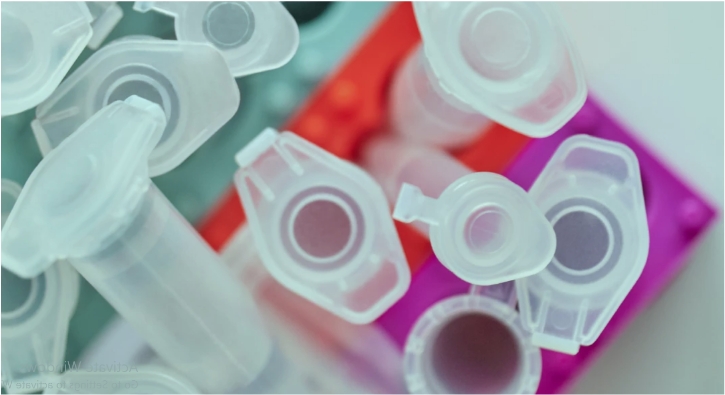You wake up, brush your teeth, give yourself a smile, and notice there’s some weird coloring or texture on your tongue that definitely doesn’t seem normal.
A healthy tongue is light pink in color. If you notice yours looks different, you’ll want to figure out whats going on so you can get back to normal as soon as possible. Here’s a guide to what the color of your tongue means for your health, and what you should be doing about it.
White Tongue
A thick or heavy white coating on the surface of the tongue, also known as Leukoplakia, can come from cigarette smoke or irritation to the tongue. “This is more of a coated appearance,” he says. Don’t mistake it for thrush, which “looks like a layer of cottage cheese on the tongue, and is often associated with diabetes or weakened immune systems.”
Red Tongue With a “Mapped” Appearance
Does your tongue look like it’s dotted with smooth little islands?
“This is called geographic tongue,” Gause explains. “This is quite common and not dangerous. The tongue has red and white patterns that look like a map, hence the name.” No need to worry here – while it’s unknown why it happens, it’s NBD.
Red Tip of the Tongue
Oddly enough, a red tip of the tongue can signify mental or emotional stress, Gause says. It can flare up during high-stress situations, and it’ll resolve itself once things have settled down. “Also, psychological medication can change both salivary flow and hydration of the mouth, which can impact the mouth overall and the color of the tongue,” he explains.
Black and Hairy Tongue
Yuck – that’s the first word that comes to mind, here. This can happen when there’s a build up of bacteria, or if you’re a regular smoker. “Treatment: good oral hygiene, including brushing three times a day, flossing, and not smoking,” he says. In fact, smokers often get one or two extra cleanings per year.
There’s another possible reason for a black tongue: Pepto-Bismol. “Pepto-Bismol, which contains bisthmus, can also turn the surface of the tongue black,” says Dr. Jon Marashi, DDS.
Yellow Tongue
This can signify liver or stomach problems, says Dr. Jon Marashi, DDS. “A yellow tongue can be the gradual start of disease, leading to a brown or black-colored tongue down the line,” he says.
On the less dangerous end, “The most common causes of a yellow tongue can be poor dental hygiene, smoking, or certain medications,” he says. Improving your dental hygiene is an easy fix; however, if you do not see any improvement, you should get it checked out by a medical professional.
Brown Tongue
Usually a brown tongue comes from what you’re eating or drinking: “A brown discoloration of the tongue can be due to heavy coffee drinking and/or smoking,” Marashi says. If your tongue is permanently brown, it could mean you’re experiencing lung problems due to chronic smoking.
Blue or Purple Tongue
A blue or purple tongue can be an indicator of heart trouble, Marashi says. “If the heart is not pumping blood properly, or if there is a lack of oxygen in the blood, your tongue can turn a bluish purple,” he explains. If you see blue or purple, definitely make an appointment with your doctor.
Pale Tongue
A pale-colored tongue can indicate a vitamin or nutrition deficiency – specifically vitamin B12 and vitamin A. “This can easily be corrected by seeing your physician [or an RD] where they might suggest a diet change or supplements,” he says.



